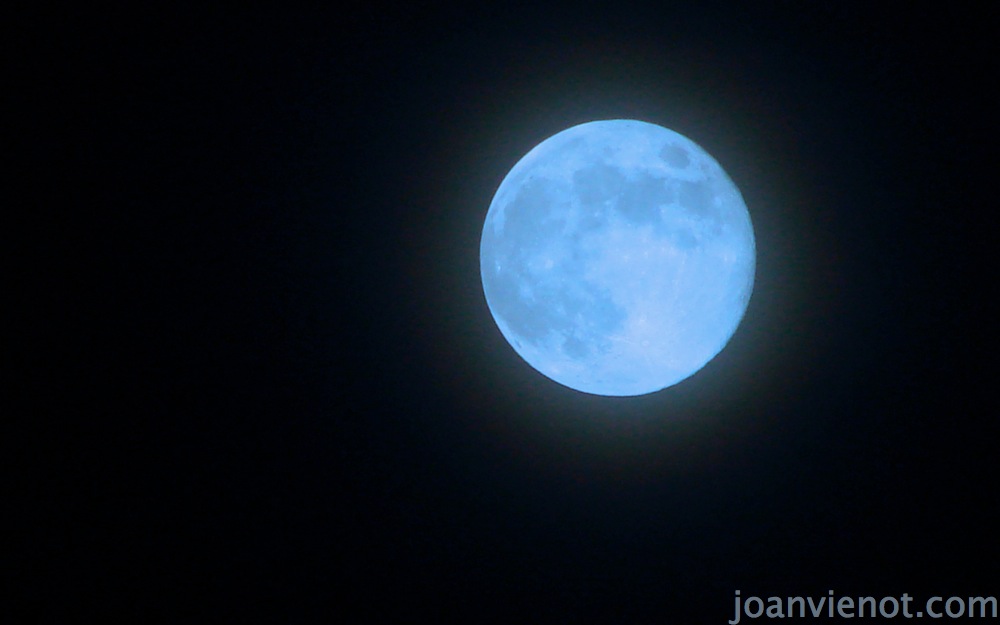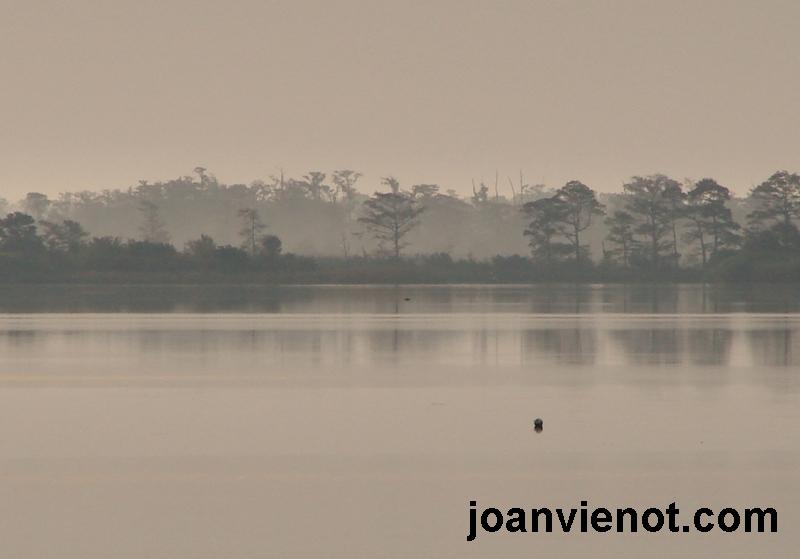
 I know I really need to watermark my photography and art that I am posting on the internet, even including work posted here on my blog. I was reminded of that last week when graphic artist and printer Alison Bailey, of ABC Creations, warned us about internet theft of our art. She was the guest speaker at a Cultural Arts Alliance of Walton County luncheon. She showed us the excellent quality of reproductions she was able to produce using images posted by local artists on their websites.
I know I really need to watermark my photography and art that I am posting on the internet, even including work posted here on my blog. I was reminded of that last week when graphic artist and printer Alison Bailey, of ABC Creations, warned us about internet theft of our art. She was the guest speaker at a Cultural Arts Alliance of Walton County luncheon. She showed us the excellent quality of reproductions she was able to produce using images posted by local artists on their websites.
A myriad of software is available to create watermarks, and I have purchased several applications, including an app for my iPhone, called Impression. But I have been pretty lazy about watermarking, and have also become more prolific with uploading my photography, especially to Facebook. So as my work gets “borrowed”, I am starting to learn my lesson.
Facebook provides a “sharing” tool whereby you can re-post someone else’s image while still giving them credit for their original. And when you upload an image, Facebook asks you if the image belongs to you. When someone downloads an image and then re-uploads it as their own, they are going beyond bad manners — they actually are violating copyright law. All images remain the copyrighted property of the photographer, even if they are publicly displayed.
A watermark identifies my work as mine, via text written on the image, so that someone intent on “borrowing” it would have to do some editing in order to pass it off as their own. Some artists plaster their watermark right through the center of the image, but that completely ruins the image for ordinary viewing as far as I am concerned. I prefer a less obtrusive watermark on one of the corners of the image, even though it can more easily be edited out. As an example, my sunset image at upper left is watermarked on the lower right corner of the image. I don’t normally include the date or copyright symbol like I did here, but my practice of using one is still evolving.
Below you see an image I shot at a painting demonstration, which I posted on Facebook as a part of a series on the workshop. And below that you see my same image posted on a local merchant’s Facebook page, appearing to be the property of the local merchant, having been downloaded and re-uploaded without giving me credit. Facebook’s simple “share” function would have left my name attached, as it should be. It actually is a little more work to download and then re-upload a photo than it is to simply “share” it, so it is pretty obvious that it is intentional when someone does this. If I give an image away, that is my choice, but if someone “borrows” it without my permission, especially when they are using it to promote their merchandise, then it is theft. A merchant pays the photographer when photos are used for marketing purposes. Then the image belongs to the merchant. Without compensation, the photographer or artist’s name must remain associated with the photograph or art on Facebook, which by definition is a social (sharing) network. As a point of clarification, my website is not social media, so art and photography posted on my website is not permitted to be reproduced or re-posted without my express permission.
My name attached to my work is my own advertising. So yes, I am learning my lesson, that I need to watermark my photography.






















 I know I really need to watermark my photography and art that I am posting on the internet, even including work posted here on my blog. I was reminded of that last week when graphic artist and printer Alison Bailey, of
I know I really need to watermark my photography and art that I am posting on the internet, even including work posted here on my blog. I was reminded of that last week when graphic artist and printer Alison Bailey, of 
